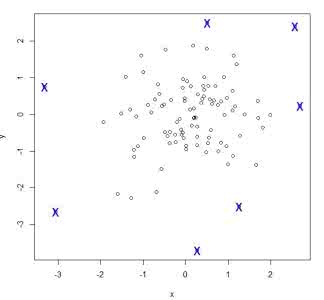Inclinometer probes are devices that can be used to measure deformations within earthwork slopes. This paper demonstrates a novel application of Bayesian techniques to real-world inclinometer data, providing both anomaly detection and forecasting. Specifically, this paper details an analysis of data collected from inclinometer data across the entire UK rail network. Practitioners have effectively two goals when processing monitoring data. The first is to identify any anomalous or dangerous movements, and the second is to predict potential future adverse scenarios by forecasting. In this paper we apply Uncertainty Quantification (UQ) techniques by implementing a Bayesian approach to anomaly detection and forecasting for inclinometer data. Subsequently, both costs and risks may be minimised by quantifying and evaluating the appropriate uncertainties. This framework may then act as an enabler for enhanced decision making and risk analysis. We show that inclinometer data can be described by a latent autocorrelated Markov process derived from measurements. This can be used as the transition model of a non-linear Bayesian filter. This allows for the prediction of system states. This learnt latent model also allows for the detection of anomalies: observations that are far from their expected value may be considered to have `high surprisal', that is they have a high information content relative to the model encoding represented by the learnt latent model. We successfully apply the forecasting and anomaly detection techniques to a large real-world data set in a computationally efficient manner. Although this paper studies inclinometers in particular, the techniques are broadly applicable to all areas of engineering UQ and Structural Health Monitoring (SHM).
翻译:暂无翻译




